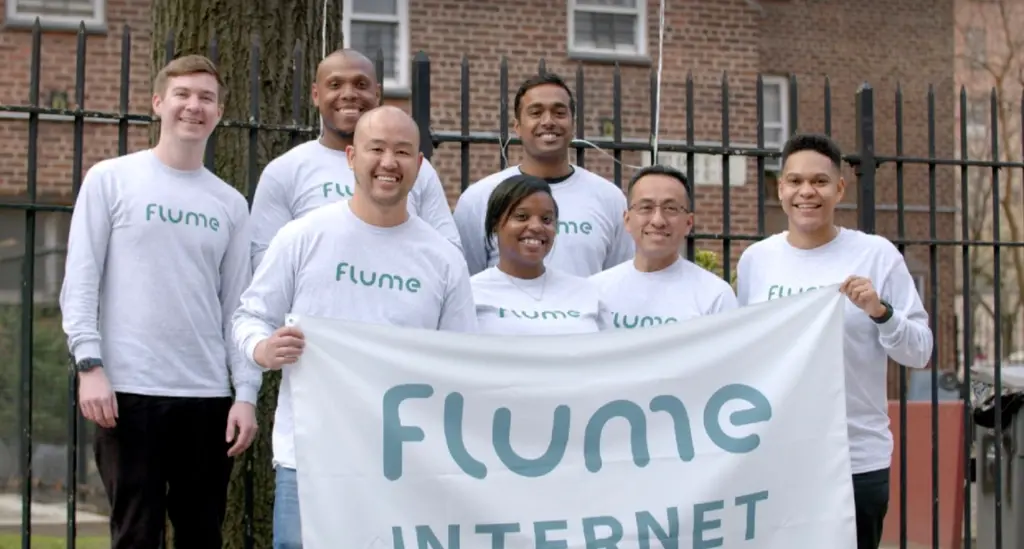Due to the service of mobile phone base stations and enterprise customers, 30% of households in many American cities have an optical fiber under the ground, but many people still use the old dialing speed Flume Internet is developing underutilized optical fiber capacity to enable more people to use high-speed Internet and bring high-speed Internet to people who are not valued by traditional telecom companies

The company's goal is to use its asset light approach to expand to more than 20 markets in the coming years with infrastructure partners and asset owners. A large part of its mission is to connect unconnected communities. The company's main customer in New York is NYCHA, and hundreds of families are connected to flume through the government's affordable connectivity program. As many city and apartment building owners want cheaper high-speed options, the company has seen rapid growth after the epidemic. A major part of their vision is to accelerate the construction of optical fiber in the remaining 60% of homes in the country in an operator neutral manner.
According to the company, only about 9% of households can choose real fiber to home. In other words, the whole network connection between your home and the supplier's data center is realized through fiber.
Flume has developed a compact edge data center that can serve thousands of Gigabit customers with the rack space of a data center. They use this technology to map and power broadband on unused or "dark" optical cables in cities across the United States, bringing home broadband options to homes and apartment buildings at a very low cost. The company claims that each residential building in most cities has 10-15 unused optical fibers. Its goal is to become the largest fiber-optic ISP in the United States and still control the packet path from end consumers to the data center, that is, it does not buy or resell the last mile of traffic.
Flume received $3.5 million worth of funds at the end of last year, but now decided to announce a new round of financing. Amplo and hyperplane VC co led this round of financing, and Citigroup influence fund and New York fund also participated in this round of financing.